Any links to online stores should be assumed to be affiliates. The company or PR agency provides all or most review samples. They have no control over my content, and I provide my honest opinion.
The Samsung Galaxy S21 series launched last week and is traditionally the best selling flagship Android device of the year. It is also one that has come under criticism for its poor battery life in markets that use the Exynos chipset.
This year promises to be different, with a new, improved chipset design. The range comes in cheaper than last year too, and the Ultra model is the second phone on the market to use two optical zoom lenses.
So does the S21 Ultra have what it takes to be the best phone of the year?
If you are reading this on anything other than MightyGadget.co.uk, the content has been scraped, this is the original Samsung Galaxy S21 Ultra Review
Specifications – Somewhat of a downgrade vs the S20 Ultra
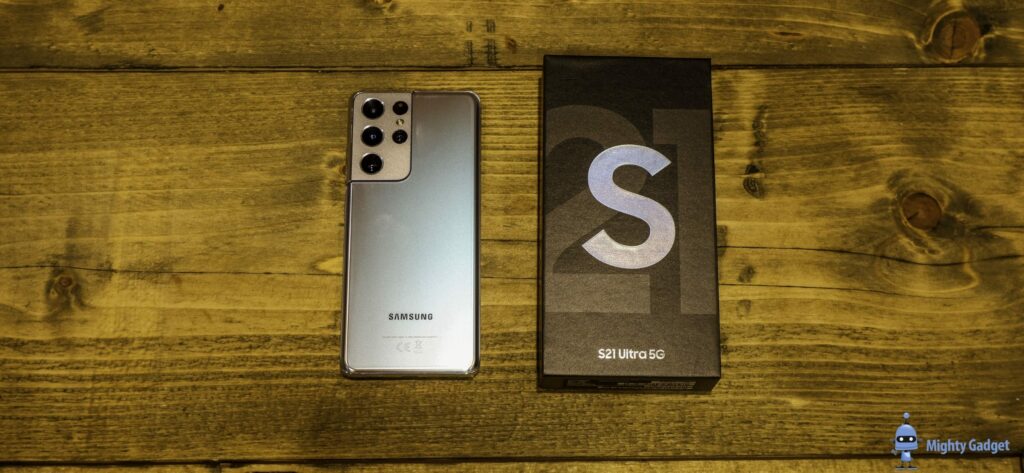
In an unusual twist, Samsung has downgraded or kept the same several parts of its new flagship device. This has allowed them to lower the price slightly. I am not sure if this was a result of criticism of the S20 series, or as a result of coronavirus
- Display:
- 6.8-inch Edge AMOLED 3200×1440 515ppi
- Adaptive 120Hz refresh rate (10~120Hz)
- HDR10+ certified
- Chipset:
- Samsung Exynos 2100 in the UK/EU
- Qualcomm Snapdragon 888 for US buyers
- RAM: 12GB RAM (LPDDR5) or 16GB RAM (LPDDR5)
- Storage 128GB / 256GB (12GB RAM options) or 512GB on 16GB option. No microSD
- Camera:
- Primary – 108MP Phase Detection AF, FOV 83°, OIS, F1.8, 0.8µm
- Telephoto 1: 10MP Dual Pixel AF, Optical 3x, FOV 35°, OIS, F2.4, 1.22µm
- Telephoto 2: 10MP Dual Pixel AF,Optical 10x, FOV 10°, OIS, F4.9, 1.22µm
- Front camera: 40MP Phase Detection AF, FOV 80°, F2.2, 0.7 µm
- Battery: 5,000mAh (typical)
- Charging:
- Fast Wireless Charging 2.0 (15W)
- USB PD 3.0 (PPS) certified Fast Charging for wired charging (AFC and QC2.0 compatible) (25W)
- Connectivity: Wi-Fi 6E with 160Mhz
- Other Features: IP68, Samsung DeX, USB Type-C 3.2, Bluetooth 5.2
- Dimensions: 165.1 x 75.6 x 8.9 mm
- Weight: 227 g
- Price: From £1150
Design & Display
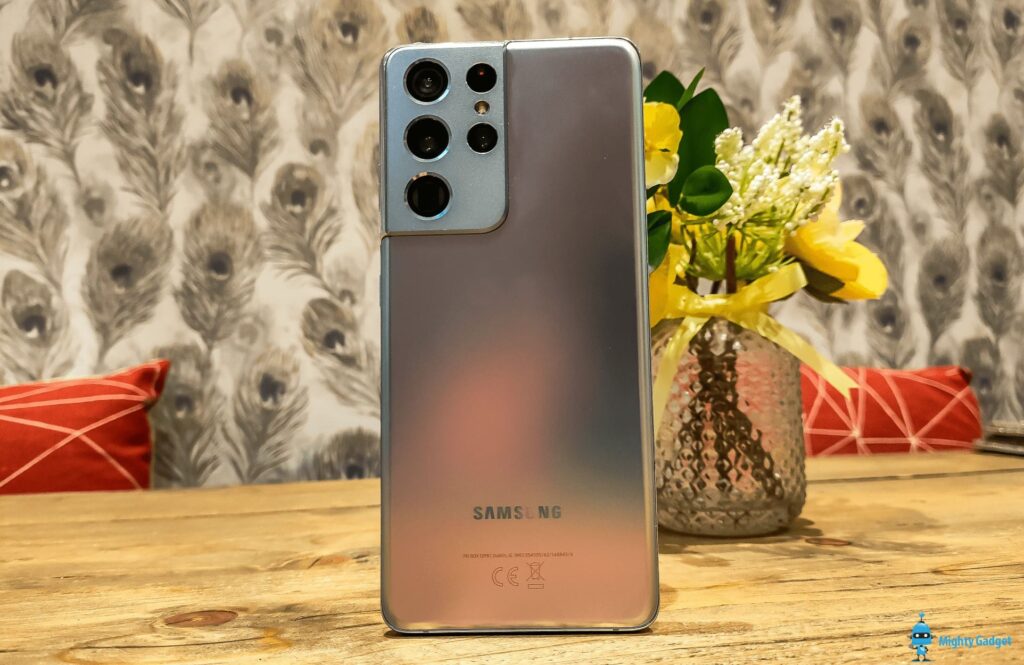
This is a big and heavy phone, if you don’t mind carrying a quarter of a kilo around in your pocket, I think it looks and feels excellent. The big accentuated camera section gives the phone a sort of industrial and utilitarian look to it. I am generally indifferent to the way phones look (I have put a big ugly otter box on this) but I like what Samsung has done here.
The display itself is beautiful; there is a slightly curved bevel on the edges but much less so than phones like the Huawei P40 Pro or Mi 11.
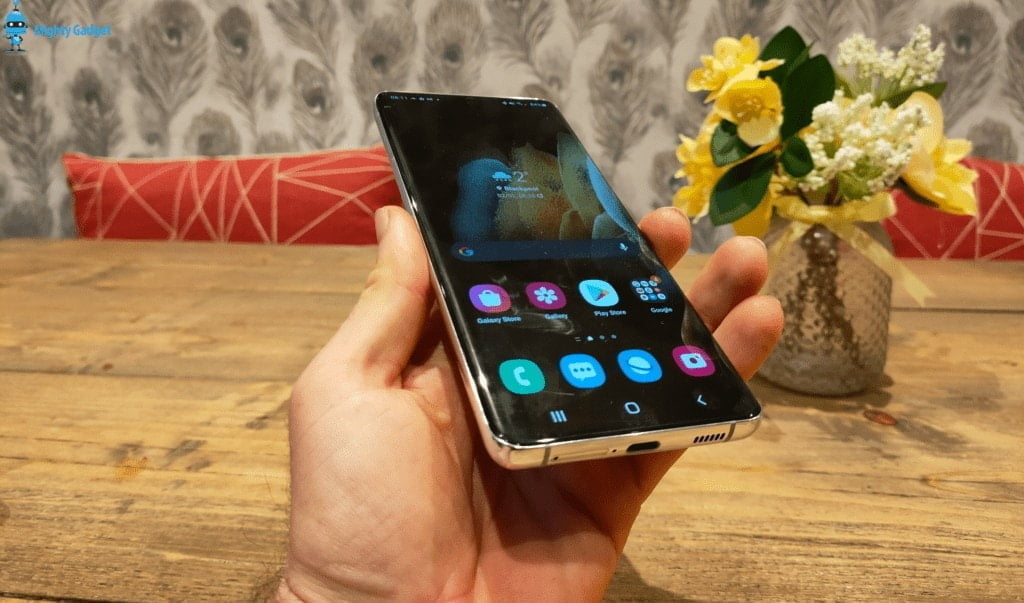
You have options to run it up to 3200×1440 and with an adaptive refresh rate that will use up to 120Hz when appropriate. During my time with it, I only used it at its full resolution, apart from the occasional test. If I am spending this kind of cash, I want to run it in the best settings. However, should I ever be allowed to go on holiday again, the lower resolutions will offer a bit more battery.
It is worth noting the USB-C port is 3.2 which offers significantly higher bandwidth than USB Type-C 2.0 which you find on more affordable devices like the Mi 11. Samsung have had there DeX desktop environment out for a while now so the phones need this bandwidth for the connectivity
Biometrics
Samsungs ultrasonic fingerprint technology was supposed to offer vastly superior performance than competing brands when it originally launched. However, at first, it did the opposite. On the S10, it turned out you could bypass the security with a simple screen protector.
Thankfully they fixed that, and it now works as it should offering dramatically improved fingerprint recognition compared to the other phones I have to hand. I only need the briefest of finger presses, and the phone unlocks, it so quick it makes you wonder if it was ever locked in the first place.
On top of this is the usual face unlock meaning I rarely need to press my thumb to the screen in the first place. With a single camera, it will be less secure than phones with a TOF sensor, but it offers a super quick way of unlocking and provides enough security for my needs.
Camera
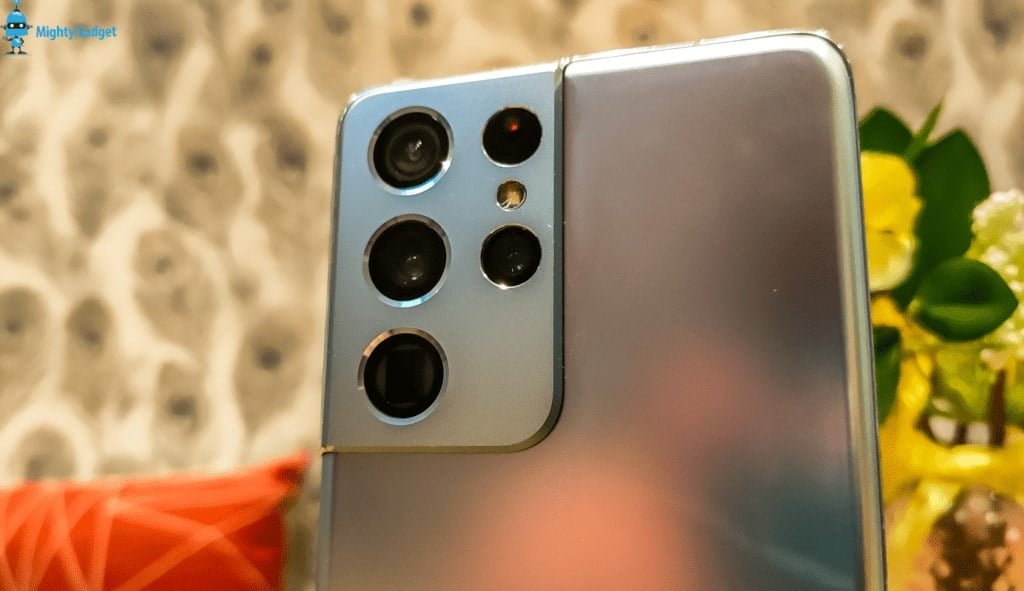
I have a separate post with more photography samples from the Samsung Galaxy S21 Ultra.
This year Samsung switch the specification up on the Ultra, and it’s the most significant upgrade the phone has received from the last generation.
You get the same 108MP sensor for the main camera, though Samsung says this is a 2nd gen sensor. However, they have ditched the 48MP periscope zoom sensor and switch it out for two sensors, both 10MP but one a 10x periscope zoom lens and the other 3x. You then get the same 12MP ultra-wide from last year.
This gives the phone a similar spec to the Huawei P40 Pro+, and I think it is a more sensible configuration that a single 10x zoom lens. You have much more flexibility with your zoom options.
While I am not good at photography, the overall quality of the photos taken is superb in my opinion. I’d say the overall quality edges out over the Huawei, in particular, the zoom shots seem to come out more consistently decent.
Even though the Mi 11 has a similar, if not the same sensor as the S21 Ultra, the Samsung offers vastly superior low light performance.
Video, on the other hand, doesn’t seem to fare so well, it can be hit or miss, but I found that higher resolutions the footage can be a little jittery. Recording at 1080P and 60FPS seemed to suffer less and motion stabilisation was OK.
Performance
I have previously covered the performance of the Exynos 2100 extensively in comparison with the SD888.
While the new Exynos 2100 isn’t quite as good as the Qualcomm chipset, the phone offers more than enough performance for anything I have done.
Using the phone at full resolution and the adaptive refresh rate offers ultra-smooth performance in all my day to day tasks.
Gaming is flawless, and I haven’t experience the thermal throttling issues I cover next.
Of course, it is frustrating to know the US variant with the SD888 offers superior performance, but I think this year buyers need not factor it into their buying decision. The performance is close enough; it doesn’t matter.
Thermal Throttling Problems
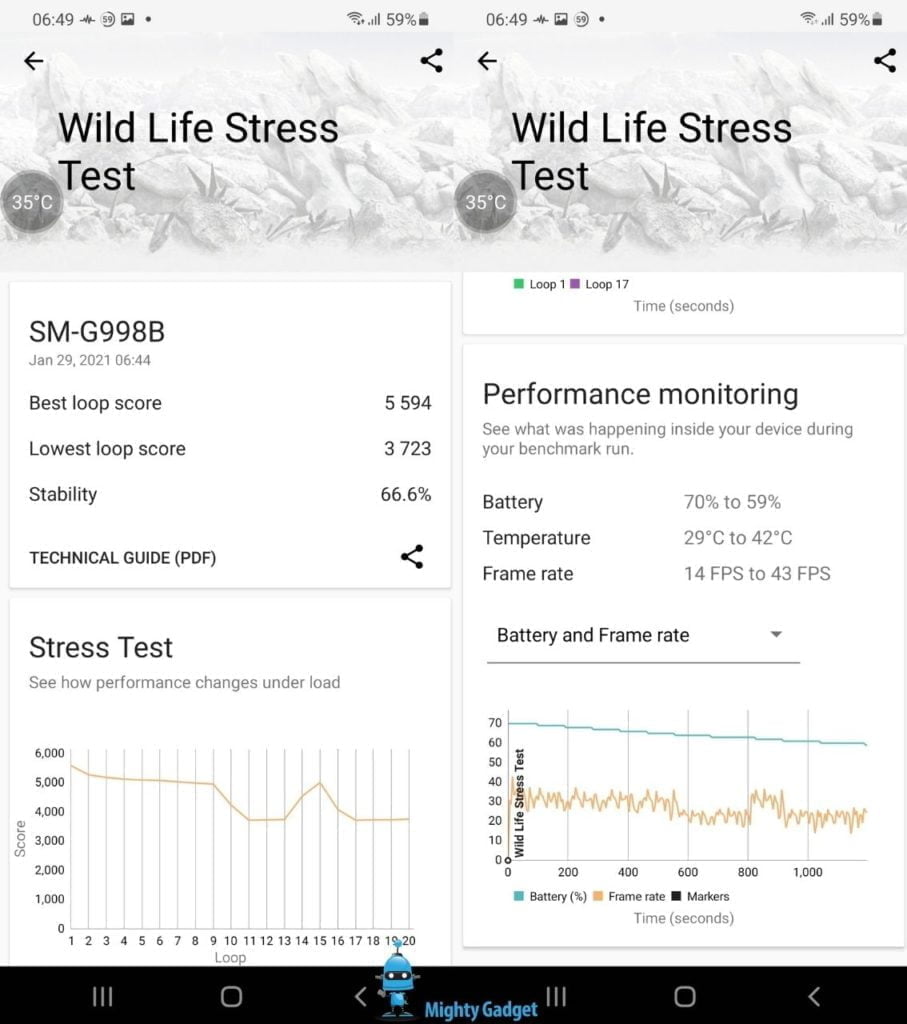
I also carried out some dedicated stress tests comparing the Exynos 2100 to the Snapdragon 888 to show how much the battery drained and the phone warmed up.
In these tests, it revealed the Samsung suffers from some quite serious thermal throttling around the 42-degree mark. Performance in Wild Life drops off by over a third over the course of the test. By the end of it, the phone was achieving scores lower than the Snapdragon 865 on last year’s Realme X50 Pro.
This is certainly not good; however, during my time with it I don’t appear to have experienced any throttling. While I am not a massive gamer, I do play COD quite a lot, and I have played several other games over the past few days. I typically game no more than an hour, but I never saw the temperature overlay get anywhere near the throttling temp. It is February in the North of England, though, so keen gamers in warmer climates may have different experiences.
Battery
One of the main reasons the Exynos variant of the Samsung Galaxy phones gets so much criticism is the shocking battery compared to the Qualcomm Snapdragon models.
I have not used the SD888 version of this phone, but the battery life has been good, with it offering superior performance than the SD888 equipped Xiaomi Mi 11. While it does have a bigger battery, the longevity appears to go beyond what you would expect from the difference in size.
It is not perfect; some of the stress tests indicate a quite a significant drop in the battery while gaming, similar to the Xiaomi, but the two chipsets seem comparable overall.
The PC Mark 2.0 battery test indicated an excellent, but far from class-leading performance.
Annoying the phone is only rated at 25W charging, and they don’t bother to supply a charger. While this hasn’t been a major issue for me while working from home and not travelling, I am a big fan of the ultra-fast charging you get on the likes of Xiaomi, Oppo and Huawei devices.
Software
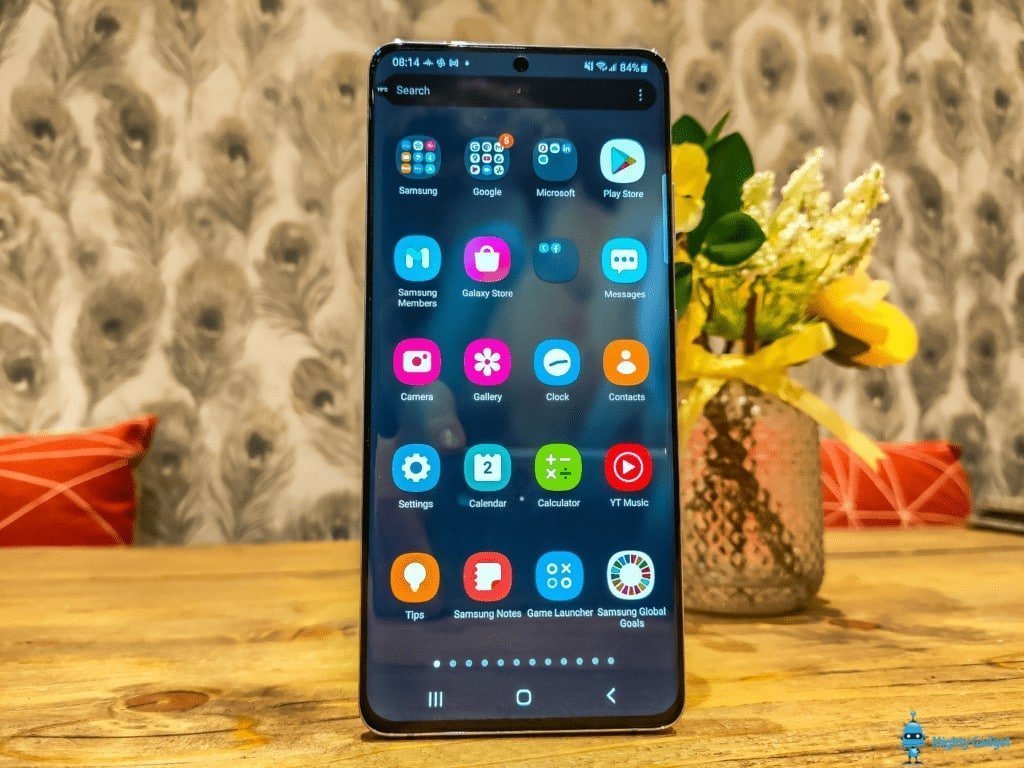
I haven’t used a Samsung phone in years, so adjusting to the software takes some time. I wouldn’t say I love it and I certainly wouldn’t say the UI is much better than other brands customisations such as EMUI and MIUI.
However, I have used a Huawei phone for the past few years, so it is unfair to say one is better than the other, I am just more used to Huawei.
I really don’t like the way the app drawer works, is it possible to put things into alphabetical order? And why, when I search for an app and hold it, does it ask me to locate it rather than give me options to place it on the home screen or uninstall?
[Edit] Apparently I am an idiot and you can reorder alphabetically, though I still think it is dumb this is not the default state
I also dislike having a secondary app store, Huawei did this before their issues with Google, and I never used the AppGallery either.
In general, there is just too much Samsung bloatware. I imagine it is something I will get used to.
However, I use the term bloatware loosely, because a lot of the features are genuinely useful so not sure it can be called bloatware.
I do like the prospect of a superior find my phone than the Google solution, and I like that Samsung integrated with OneDrive rather than forcing my into their own cloud backup solution.
Samsung DeX
One additional feature that most competing don’t have an alternative for is Samsung DeX. I am not sure if I would ever actually use it, but I kind of love it.
Connecting it to the Twelve South StayGo USB-C Hub offers me HDMI output and charging, I also then expand the USB options, sadly the ethernet doesn’t seem to work.
I then connected it to the Jelly Comb Multi-Device Bluetooth Keyboard & Mouse with the end result being a reasonably effective desktop experience, sort of like a desktop Chromebook.
When I travel, I normally have a laptop with my, but with the above options, I could quite comfortably set up a desktop in a hotel with the TV as my monitor. Or alternatively, buy a portable monitor which would be cheaper than buying a dedicated laptop for working while away.
Price and Alternative Options
The Samsung Galaxy S21 Ultra starts at £1149 and goes up to £1329 for the model with 16GB RAM and 512GB storage.
This is the first flagship device to launch in the UK for 2021, so there is not really a like for like comparable.
You could opt for one of the models lower down, the standard S21 starts at £769, which is not unreasonable. However, the build quality is not the same with a plastic back, the display is not as good, and there is a big difference in the camera spec.
The Huawei P40 Pro+ is arguably the closest match with a similar camera specification and currently priced £150 less at £999. The older Kirin 990 chipset doesn’t offer as much performance, it has a lower resolution display, and then of course, there is no Google Play. While I think it is a good phone, I think the S21 Ultra makes it a little redundant now.
The Xiaomi Mi 11 hasn’t launched in the UK yet, but should do soon, and it will hopefully come with the Mi 11 Pro, which is likely to offer the best alternative option.
Overall
I have some conflicting opinions of the Samsung Galaxy S21 Ultra.
Overall, it is a superb phone setting the benchmark for all premium flagship phones in 2021. Flaws aside it is likely to be one of the best phones of the year. I love the camera, and while the phone does have a lot of bloatware, a lot of it is genuinely useful with superior functionality than competing brands.
It does have problems though, I am quite price sensitive, so I tend to be more critical of expensive things, and I think when spending £1150+ you have the right to want a faultless experience.
While many people are saying the Exynos 2100 is much better than previous iterations, it is still not as good as the Qualcomm Snapdragon 888, so as a UK buyer I can’t help but feel a little cheated.
Furthermore, the phone suffers from quite bad thermal throttling at high temperatures, while the effects of this are quite serious, I am not really sure how much of an effect it will have on normal users. I certainly didn’t experience an issue, but keen gamers in warmer climates may do.
Video quality doesn’t seem to be as good as still photography. I rarely take videos myself, so my testing has been somewhat limited, but this issue seems to be reflected in other reviews. I would think it is fixable via software updates.
I feel like both of these problems are things that should not occur on a phone at this price point, but at the same time, will likely only affect a small number of users.
On the bright side, I am a bit fan of the camera when taking stills, the four superb lenses offer everything I want from a camera, and there are only a couple of phones I can see competing in this department this year.
Samsung Galaxy S21 Ultra 5G Review
Summary
If you are looking for a phone to buy right now, and want the best of the best, then this is it. This is a productivity monster, the camera, big high-resolution display, powerful chipset and value-added features like DeX make this a perfect solution for anyone that needs to work on the move.
I doubt many phones launching this year will be significantly better than this, so if you can justify the cost, you are unlikely to have buyers remorse when other phones are launched.
However, it has issues, and my score reflects this.
Overall
80%-
Overall - 80%80%
Pros
- Massive, beautiful, responsive display
- Exynos isn’t that far behind the Qualcomm (unlike previous years)
- Battery life is better than expected
- Fantastic versatile cameras
Cons
- Lower performance than Qualcomm chipset
- Suffers from serious thermal throttling at high loads
- Issues with jitteriness on videos, especially higher resolutions
I am James, a UK-based tech enthusiast and the Editor and Owner of Mighty Gadget, which I’ve proudly run since 2007. Passionate about all things technology, my expertise spans from computers and networking to mobile, wearables, and smart home devices.
As a fitness fanatic who loves running and cycling, I also have a keen interest in fitness-related technology, and I take every opportunity to cover this niche on my blog. My diverse interests allow me to bring a unique perspective to tech blogging, merging lifestyle, fitness, and the latest tech trends.
In my academic pursuits, I earned a BSc in Information Systems Design from UCLAN, before advancing my learning with a Master’s Degree in Computing. This advanced study also included Cisco CCNA accreditation, further demonstrating my commitment to understanding and staying ahead of the technology curve.
I’m proud to share that Vuelio has consistently ranked Mighty Gadget as one of the top technology blogs in the UK. With my dedication to technology and drive to share my insights, I aim to continue providing my readers with engaging and informative content.
Last update on 2025-07-18 / Affiliate links / Images from Amazon Product Advertising API

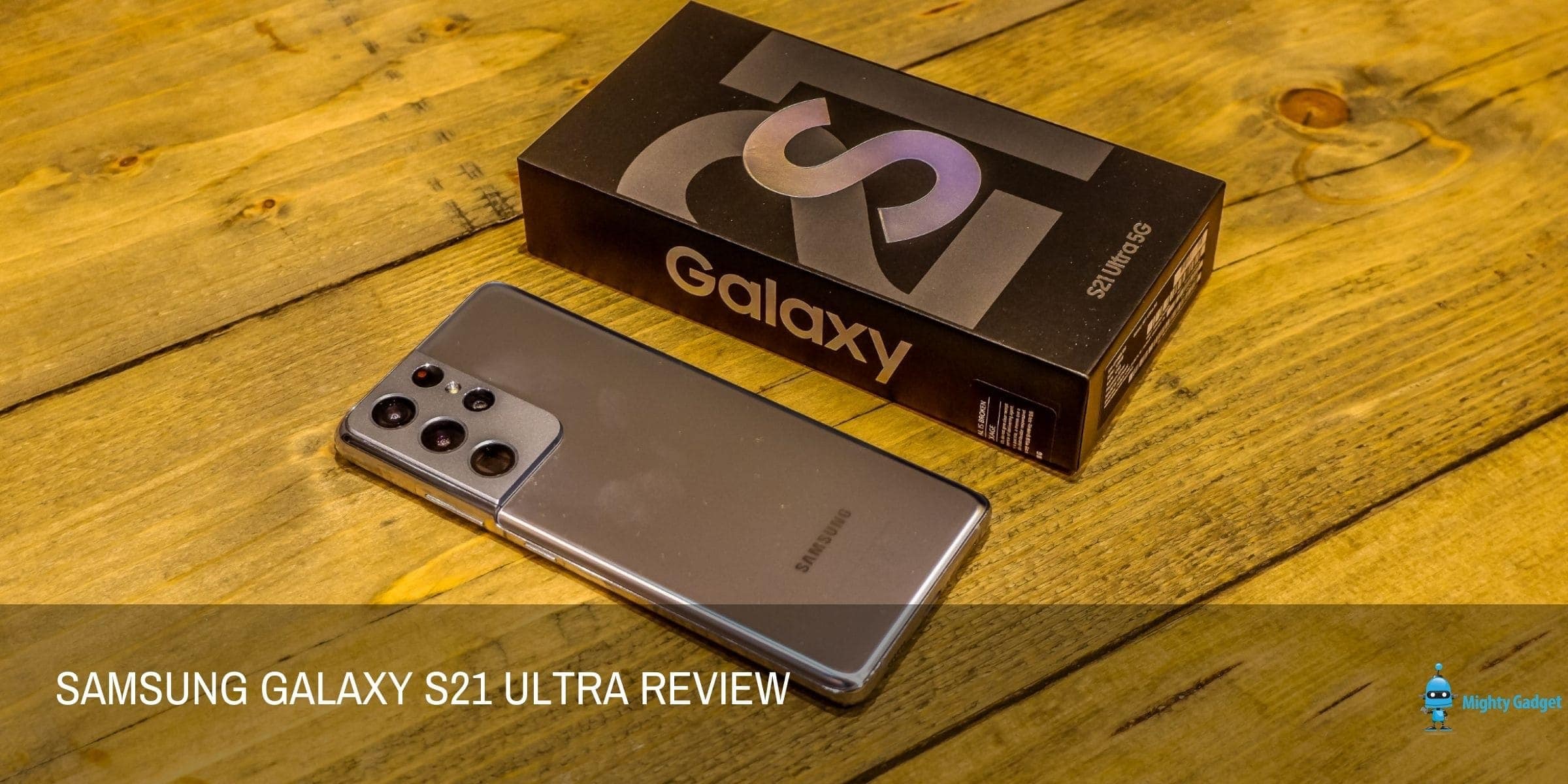
















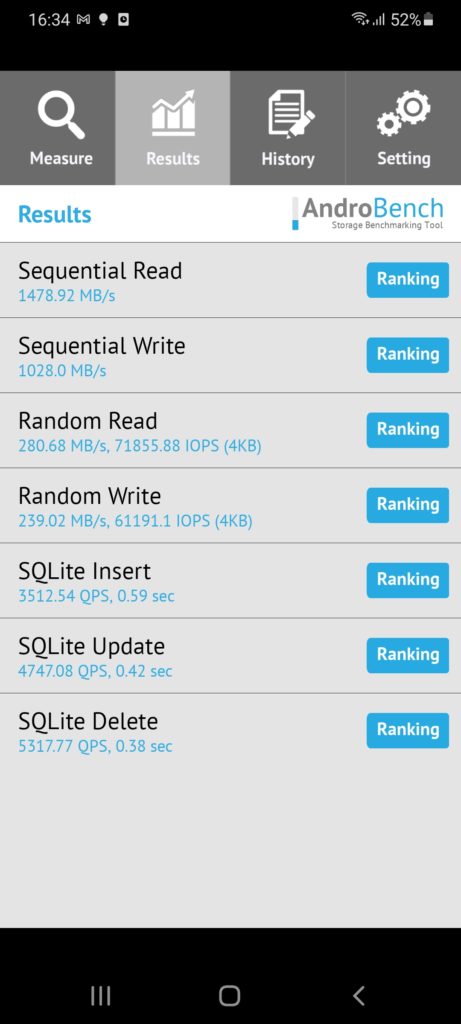
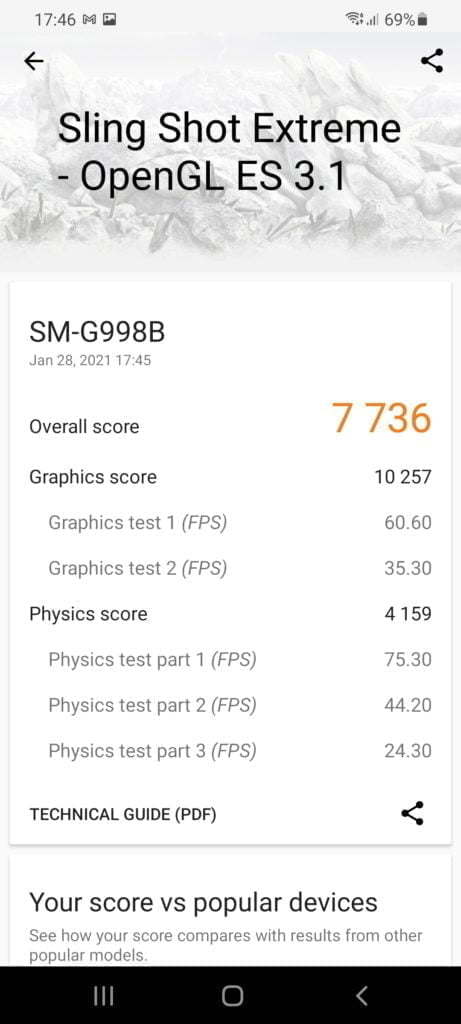
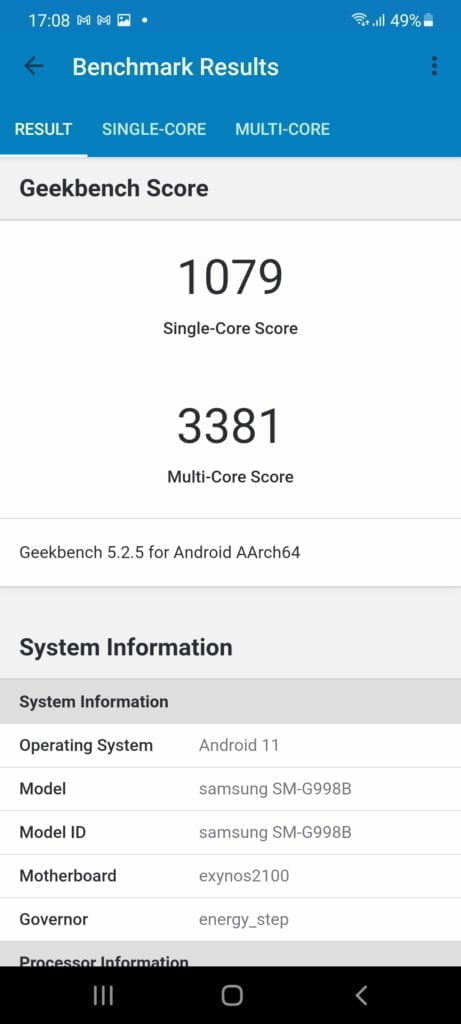
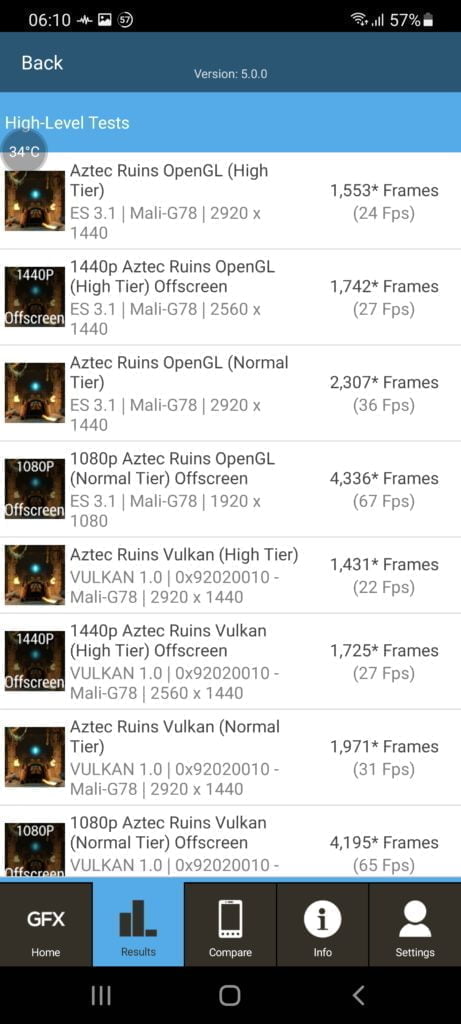




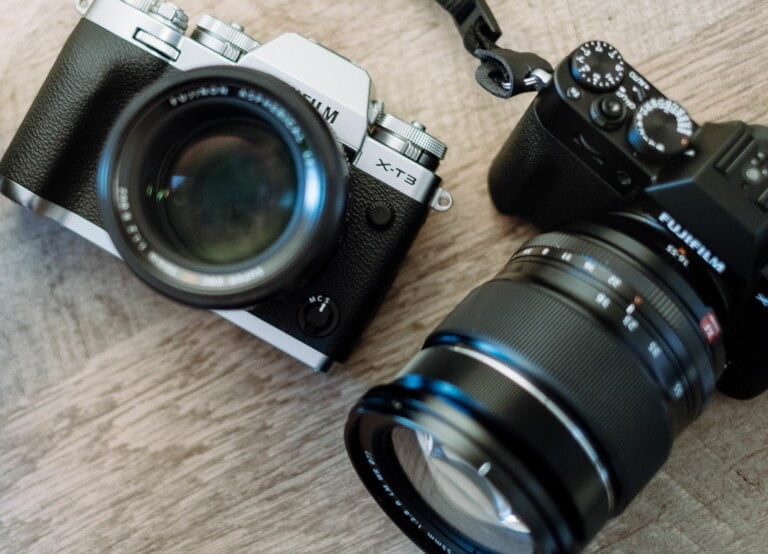
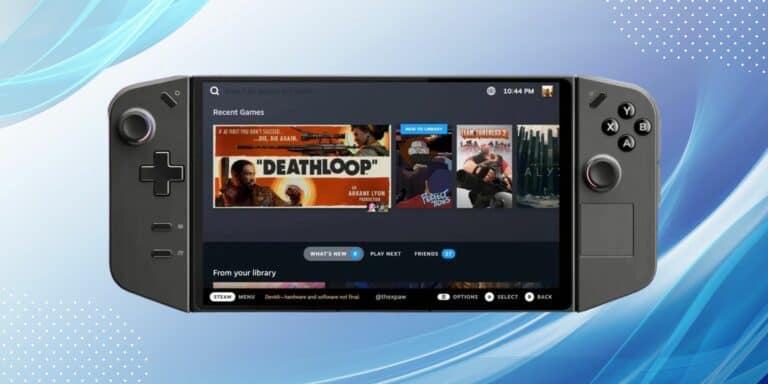
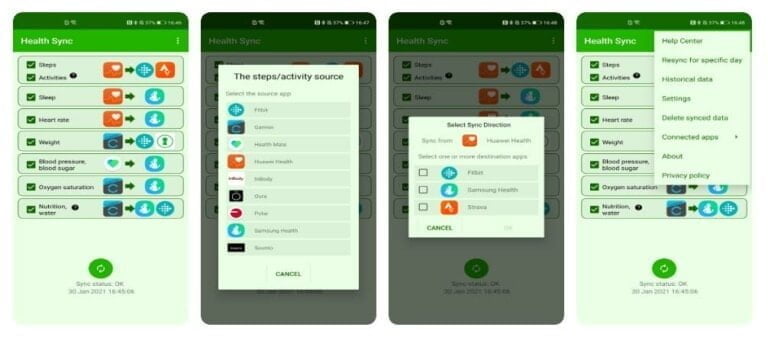
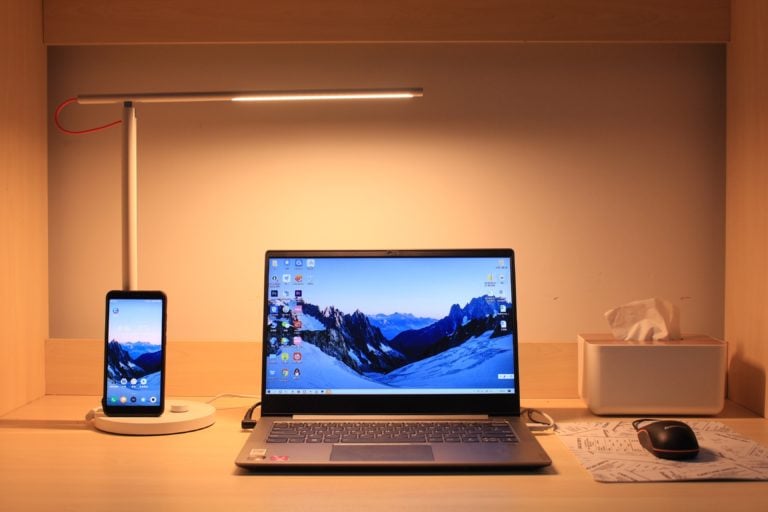
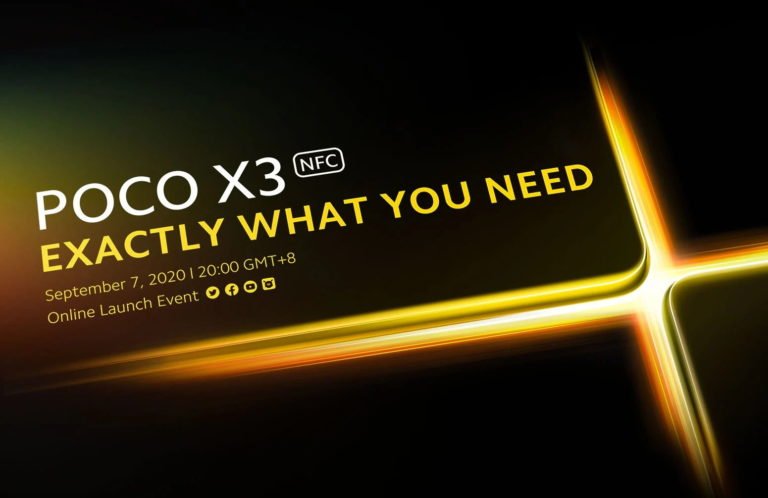
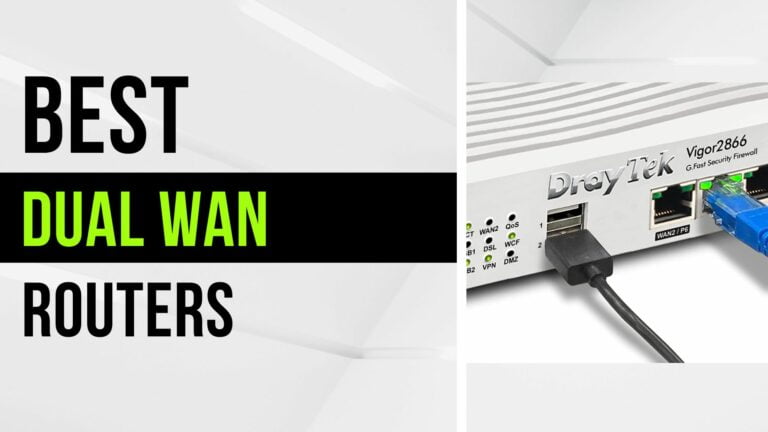
Hi. I have my S21 Ultra on order (due to arrive next week) but I am toying with the Xiamoi M11 (either Pro or Ultra) when/if announced on Monday – considering it looks like base M11 is goingto be around £800 (so Pro may be nearing the £1000 mark) which would you say would be better (obviously diffcult to compare to a not yet released phone!)?
Like you say, too hard to say until the Pro is out.
The Ultra is certainly not a bad phone, the issues I noticed will only affect a tiny % of people and I think both phones will trade blows.
While I was a little critical of the bloat from Samsung’s software, you get a few more value-added features, and I found the main 108MP camera to be much better in low light than the Xiaomi.
If the phone is on the way you may as well use it yourself and see how you feel about it. I think you will probably be happy with it.
Depending on where you bought it from you should have around 4 weeks return policy, so plenty of time to see what Xiaomi have on offer.